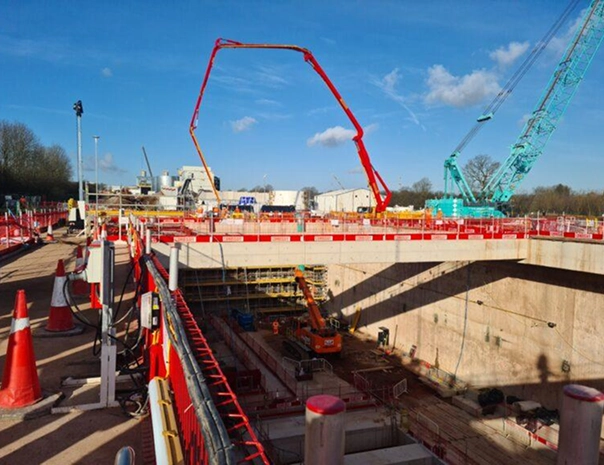Due for completion in 2033, the HS2 (High Speed 2) rail network is among the most significant building projects taking place in the UK. In 2022, WJ was contracted by the Balfour Beatty and Vinci joint venture to provide hydrogeology solutions towards the construction of an intermediate ventilation shaft at Bromford Tunnel, near Birmingham.

WJ Groundwater has completed similar groundwater management projects in the UK and globally. Click on the links below to learn more about what we do.
Are you ready to see what else our vision can bring to your projects? Why not speak to our team of groundwater experts today?